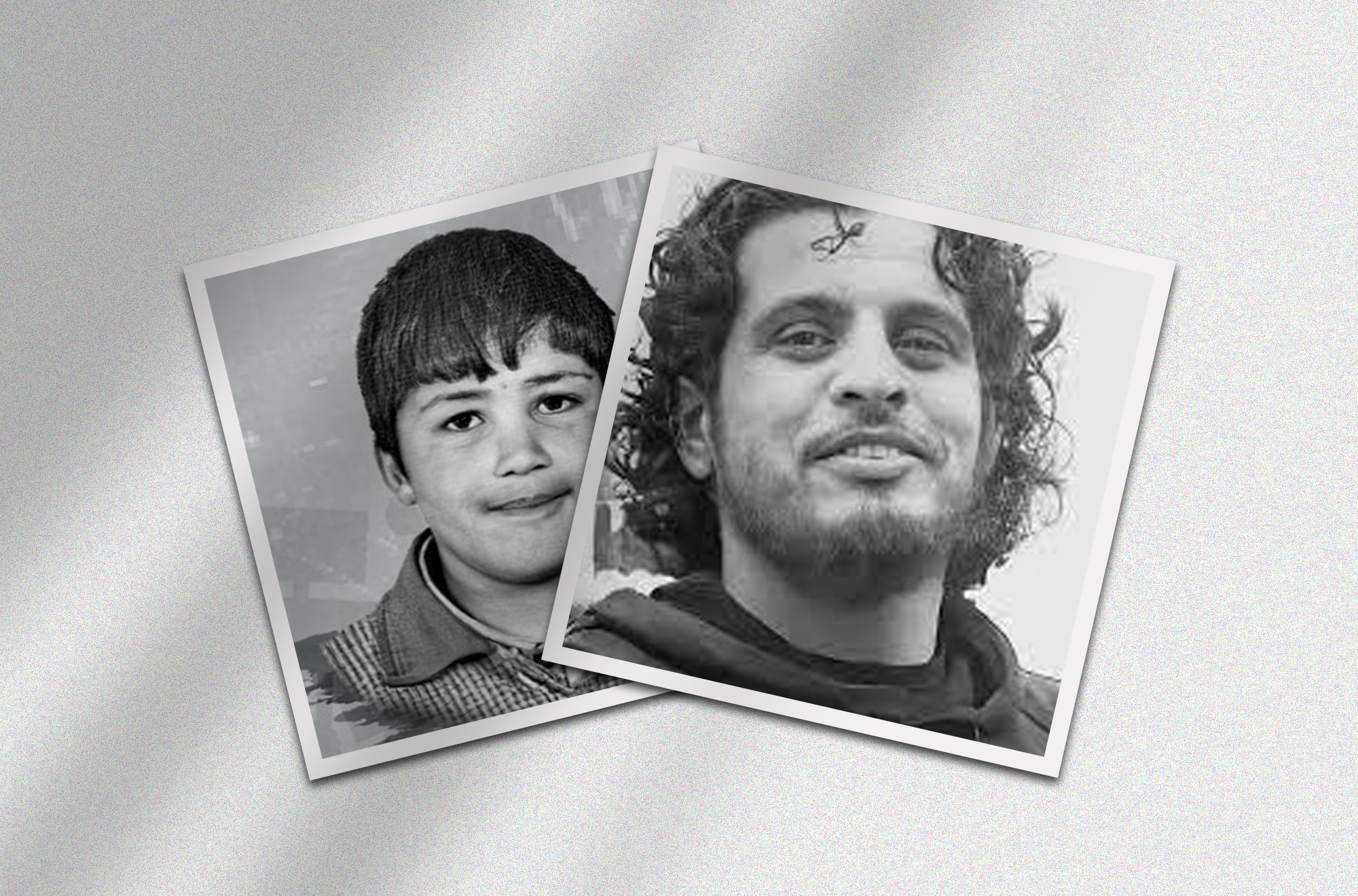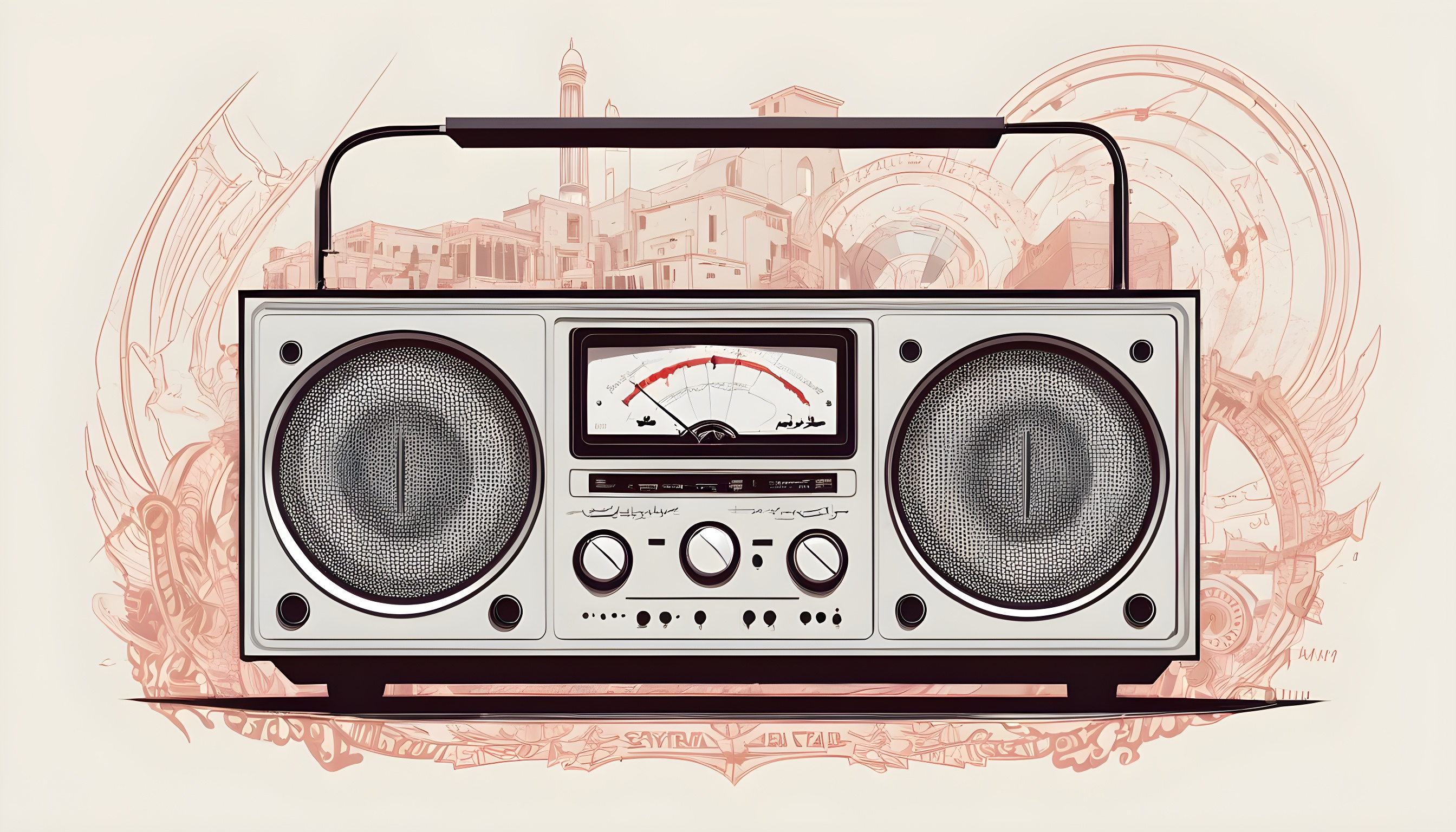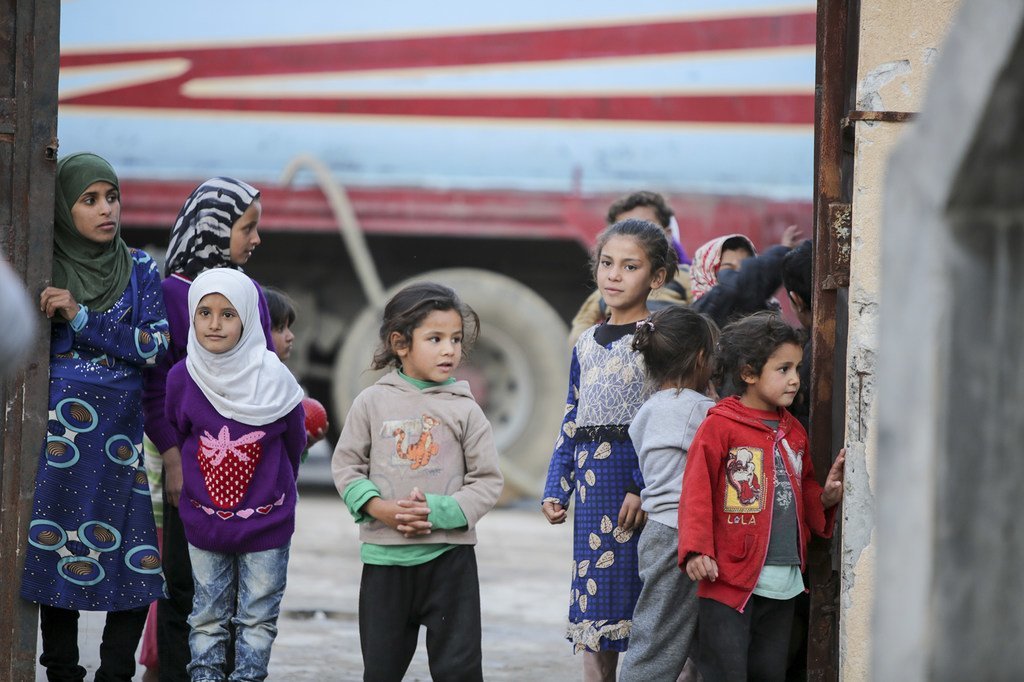
Between al-Khatib and al-Sarout: A People's Revolution
Author: Mohammad Nour Hamdan
Content (text):
Daraa: Cradle of the Revolution
The story began with the children of Daraa writing on the walls, calling for the regime's downfall. The revolution ignited when images of that child, Hamza al-Khatib, who was martyred by the regime's executioners, bearing the brutal torture marks on every part of his body, leaked. He became an icon of the revolution, his spirit resonating with the innate youth driven to reject injustice and tyranny without ideologicalization or partisanship. Across most Syrian cities, Hamza's body inspired many youths to act against the oppression and tyranny committed by the criminal regime. Because the regime only knew the language of iron, fire, oppression, arrests, and torture, it shed the blood of the innocent, pure youth. Believing it could quench this peaceful movement with this language, the regime failed to realize that violence begets violence. There were caravans of martyrs of young people in the prime of their lives, participating in peaceful protests for freedom. Instead of returning home, they were taken by sniper bullets or the hands of sinful criminals. The names are countless in every Syrian city, telling the story of a detained or martyred young person or a girl violated in detention centers. Their only fault was calling for the downfall of the regime, calling for freedom and dignity.
This was the beginning, and the revolution armed itself to defend the land, people, and dignity. After liberating most parts of Syria, the regime played its deceitful game. It believed that arming the revolution could divert the world's attention and diminish their sympathy. It painted the issue in Syria as a civil war between the regime and armed gangs that had deviated from legitimacy. Over the past years, the regime succeeded in diverting the world's attention away from the uprising of the people. It attempted to regain legitimacy before the international community by promoting the narrative that it was fighting terrorist groups in Syria. Subsequently, it internationalized the issue by detaching the Syrian people from engaging in the cause, claiming that it had become a global matter with no relevance to the people. Consequently, the people found themselves amidst displacement and seeking refuge, living in constant fear of death, longing for Syria to return to what it was before 2011.
While the regime executes this deceitful game at the expense of the poor Syrian people, who have become a divided and scattered nation in the lands of refuge, displacement, and tents, came the martyrdom of Al-Sarout.
The Martyrdom of Al-Sarout, A Reminder for Syrians.
The martyrdom of Al-Sarout brought our memory back to those days when crowds of young people used to gather under the flag of the Syrian revolution, chanting with one voice and one goal: the downfall of the regime.
Al-Sarout was the young man who refused the oppression, injustice, and atrocities of the regime. He joined the uprising crowds, leading them with his songs and melodious voice, reaching into every Syrian household.
The martyrdom of Al-Sarout serves as a reminder to the international community that our revolution is a movement against a tyrant who destroyed the country and killed its people, not a civil war as portrayed by the regime.
The martyrdom of Al-Sarout came to remind the Syrian youth and the generations that grew up in the shadow of the revolution yet didn't grasp its beginnings of the meaning of revolution and why the youth took to the streets in 2011, facing live bullets with peaceful chants.
Slogans Alone Are Insufficient
Any revolution in the world doesn't thrive on mere slogans and resonant claims. Revolutions require immense sacrifices and the willingness to shed blood to prevail. Such is the case with the Syrian revolution. After the long journey and the passing years, despite the international conspiracies against this poor nation, it resurfaces to remind the world of the noble message and values the revolution stood for. It declares that it won't perish until it achieves its goals: the downfall of the criminal regime, its oppressive apparatus, and security institutions. For the revolution to endure and persist, it needs sincere icons and role models that symbolize the forthcoming generations, inspiring them to act. Those generations that lived in the lands of displacement and camps were born amidst the revolution and the devastation inflicted by the criminal regime across all parts of Syria.
Al-Sarout represents every Syrian youth who aimed to live with dignity, yearning for a fair government far from oppression and tyranny. He offered his life and blood willingly to build a nation of justice, freedom, and dignity, just like many youths who sacrificed their lives at the onset of the revolution. Others are also in the same way in the struggle for freedom, justice, and dignity.
The memory of Al-Sarout will remain immortal in the hearts and conscience of every Syrian youth who lived to build a nation of justice and freedom and to eradicate the system of tyranny, injustice, and corruption. Al-Sarout's story is the story of every Syrian youth who lived for their nation and sacrificed for their people and homeland. Every Syrian household has a story akin to that of Al-Sarout and Al-Khatib. Through Al-Sarout and the youth who sacrificed in the revolution, we will teach the youth and future generations what the revolution means, what sacrifice entails, and the significance of martyrdom in the path of righteousness.


